How I Began to Teach My Child Spanish at 4 – And Why It’s Never Too Late
Inside: Asking the question, “Can I teach my child Spanish, if I didn’t start at birth”? This is one mom’s story of raising a bilingual child and why she says it’s never too late to get started. (Author of post: Frances Evans from Discovering the World Through My Son’s Eyes. )
MY PATH TO TEACH MY CHILD SPANISH
My 11-year-old bilingual son started to acquire his second language when he was 4-years-old. No, I didn’t start speaking to him in Spanish since he was born. Yes, I only spoke to him in English. We spoke to our baby in English, the community language and the only language that my husband spoke.
You may be asking, “Why?” Why wait until he was four to expose him to a second language?The answer may be familiar to many bicultural families. When you’re in a bicultural relationship it’s so easy to fall into the trap of only speaking one language. In our case it was English.
MY WAKE UP CALL
I always knew I wanted to teach my child Spanish and raise him bilingually: for him to speak, read and write in Spanish. Let me tell you, it’s easier said than done.
However, my awakening happened during my son’s annual well-care-check up. His pediatrician knows I’m bilingual, and the first question she asked me when we were in her office was, “I bet he’s bilingual!” I was embarrassed and ashamed to say, “No.”
This was my wake-up call. It was now or never.
The looming question was, “How?”
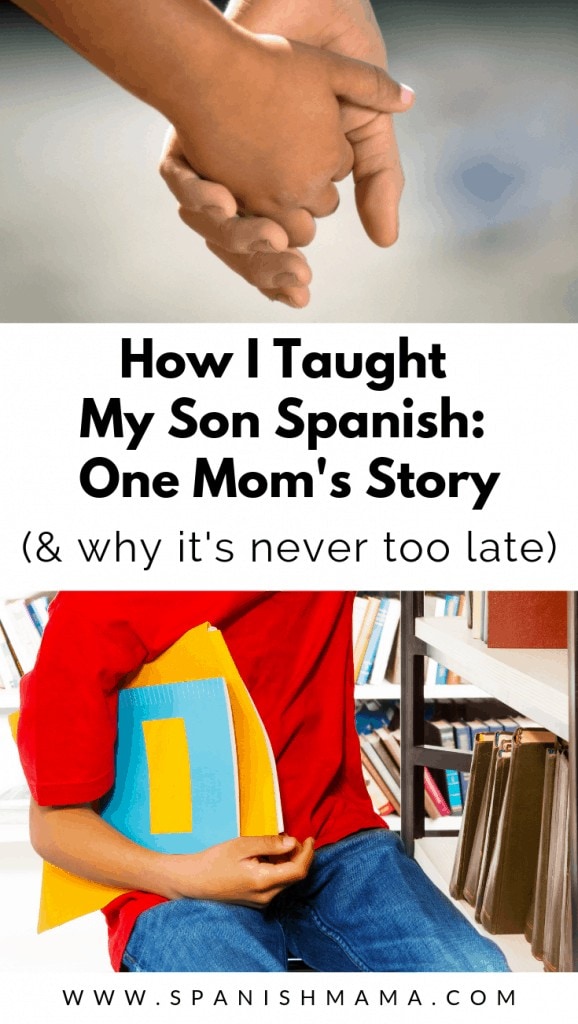
Related: Raising Bilingual Kids: 5 Families Share Their Stories
WHERE TO BEGIN?
An effective strategy that I’ve read about was the OPOL (One-Parent-One- Language) but this method wouldn’t quite apply to us since I didn’t speak to him in Spanish since he was born. I was going to start now at 4-years-old.
I started reading every article I could find on raising bilingual kids, and I bought the book “7 Steps to Raising a Bilingual Child” by Naomi Steiner. As I read through her book there was one strategy that caught my attention and I felt would work for us: the language boundary method.
This method consists of using the language around a specific situation, location or activity: mealtimes, weekends, grandparent’s home, etc. I chose to use the language boundary method during bathtime, and bedtime story.
While bathing my toddler I’d pull out his rubber toys and play with him using both languages. I’d say, “Mira la tortuga. Es verde.” Then I’d say, “Look at the turtle. It’s green.” He was having so much fun that he’d repeat after me.
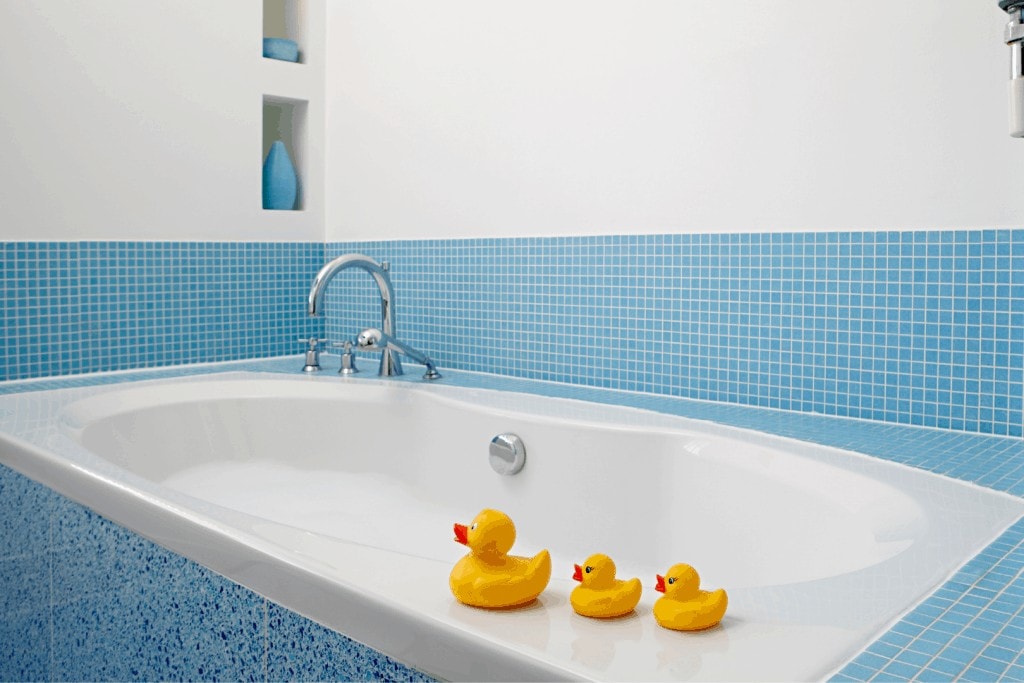
Then at bedtime, I’d read in English and then translate in Spanish (if the book wasn’t bilingual). This went on for months. Then I slowly transitioned to incorporating Spanish into our daily routine. Again, translating everything I said in English to Spanish.
HE’S OFF TO PRESCHOOL. NOW WHAT?
Going into preschool we continued the same routine. But it was becoming harder because he was in an English-only preschool. This is when I really stepped up my game. Everything that he was being taught in preschool I was teaching him in Spanish at home.
It was parallel learning. At home, we also watched cartoons in Spanish and played Spanish children’s songs non-stop. We sang-along together, and played games.
Spanish was becoming a part of our lives and I was able to finally use the OPOL method. I spoke to our son only in Spanish and hubby in English. I converted my home into a Spanish text-rich zone! I placed flashcards with Spanish words on our television, door, refrigerator, etc. you get the gist, right?
I enrolled him in a once-a-week Spanish immersion class where he was learning Spanish with other preschoolers. This was an 8-week program. It was a 2-hour drive every Saturday just so he can have fun learning Spanish with other kids.
Throughout the years, I looked for every opportunity to immerse him in the language. I even babysat two sweet Mexican/Guatemalan girls (and I still do to this day) that only spoke Spanish. He had Spanish speaking friends and I created the need for him to speak in Spanish with them through play.

WHAT DOES RESEARCH SAY?
We’ve all heard that the younger you expose your child the better right?
The critical period hypothesis states that the first few years of life constitute the time during which language develops readily and after which (sometime between age 5 and puberty) language acquisition is much more difficult and ultimately less successful.” – Source
This is highly debatable among psycholinguistics and cognitive science researchers. Rita Rosenback author of the book Bringing up a Bilingual Child writes,
“(there is) no hard and fast age before which a child has to start learning a language to be able to speak it well.”
With that being said, I’m here to tell you that if you’re seriously considering teaching your child a second language and you think it’s too late, it’s not.
THE REALITY OF TEACHING MY CHILD SPANISH
I’m going to be brutally honest: it’s not going to be easy!
It depends on how much you really want your child to be bilingual. It takes a lot of commitment and consistency. There were times that I wanted to give up because it was mentally exhausting especially when I was the only one speaking to him in Spanish.
MY BILINGUAL CHILD TODAY
I’m still the only one who speaks Spanish because I don’t have any family members living nearby. We don’t have a dual-language program or school in our town. Nevertheless, I do it with joy because all of the hard work and dedication has paid off. My son is bilingual in both English and Spanish.
While he does have an accent in Spanish (I think he sounds so cute!) I just focus on his ability to understand, speak and to communicate in Spanish with an accent or no accent.
Do you know what is the best part of him being bilingual? It’s that when my mom calls me, he can answer the phone and talk to his Abuela in Puerto Rico in español!

Frances is a native Spanish speaker, married to a Southern gentleman and a multicultural & Latina mamá to a tween. She started blogging when her son was 4 years old. She blogs about her multicultural family living, learning and discovering the world through her son’s eyes. Hence the name of her blog: Discovering the World Through My Son’s Eyes. She can be found musing on her blog, Facebook and her favorite social media platform Instagram.

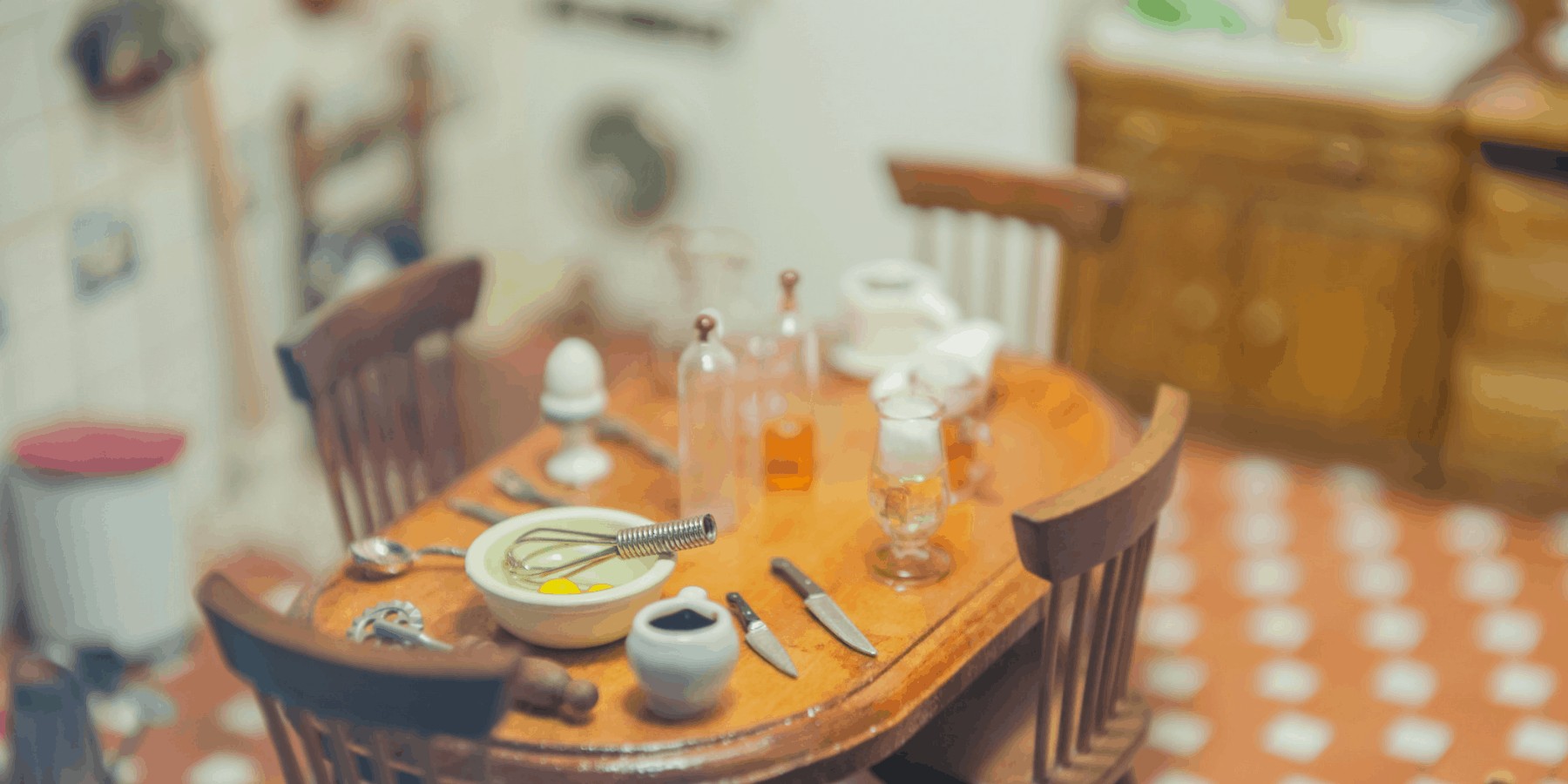
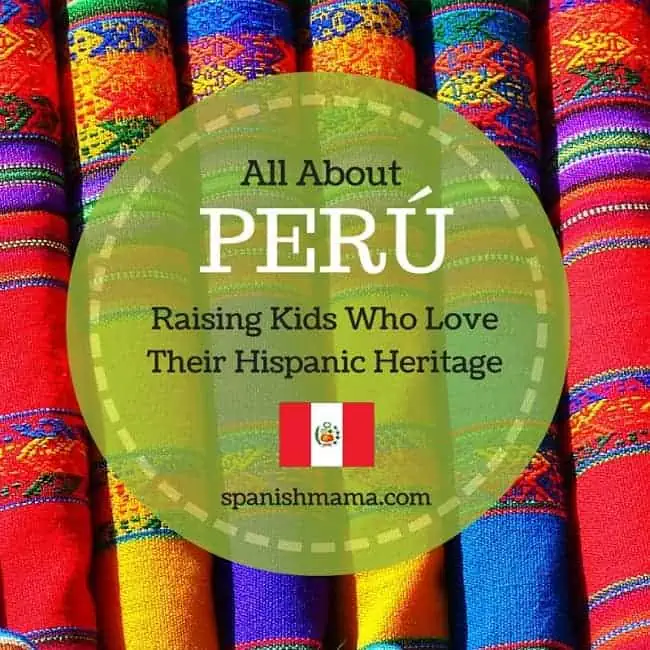
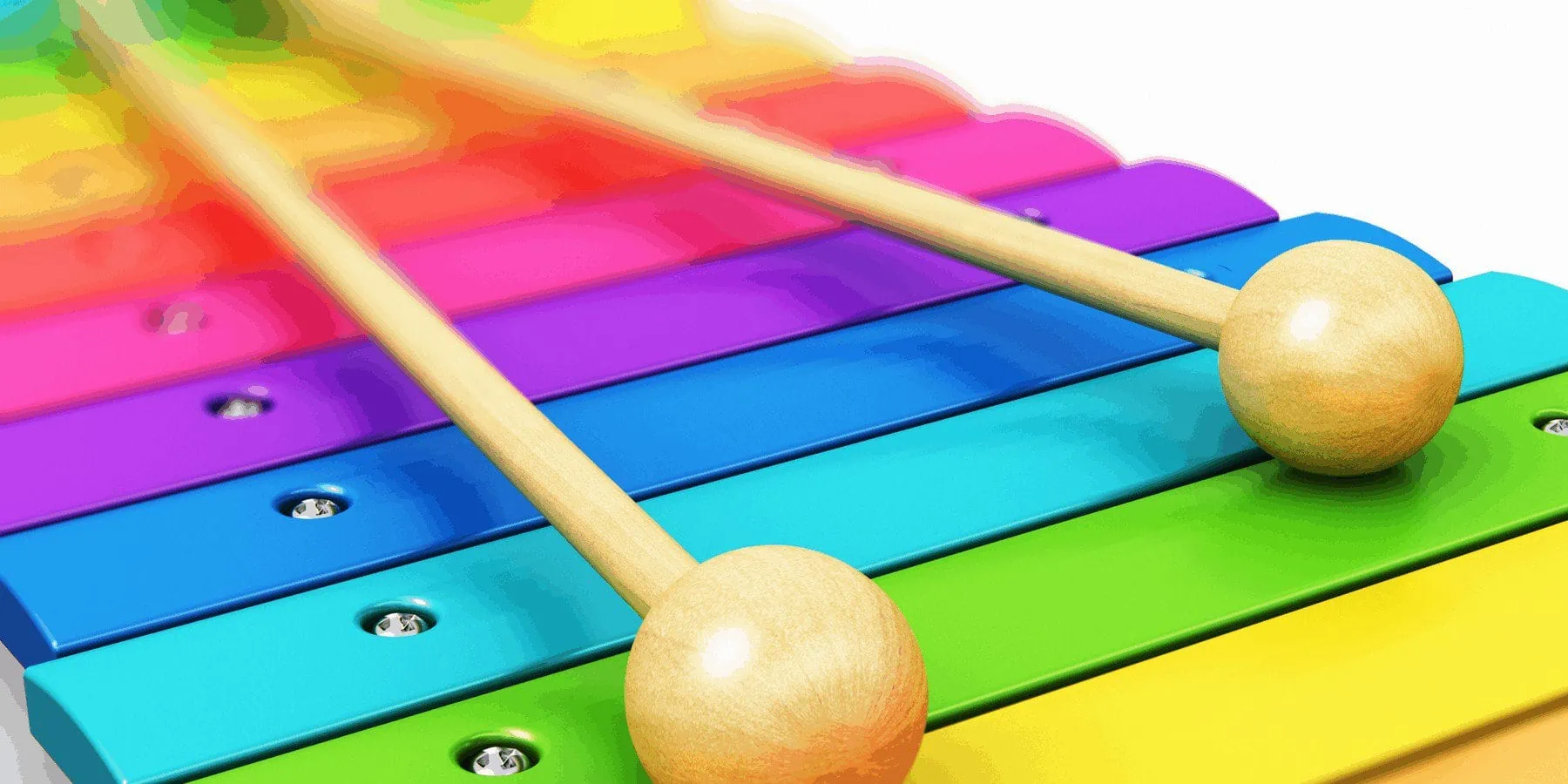
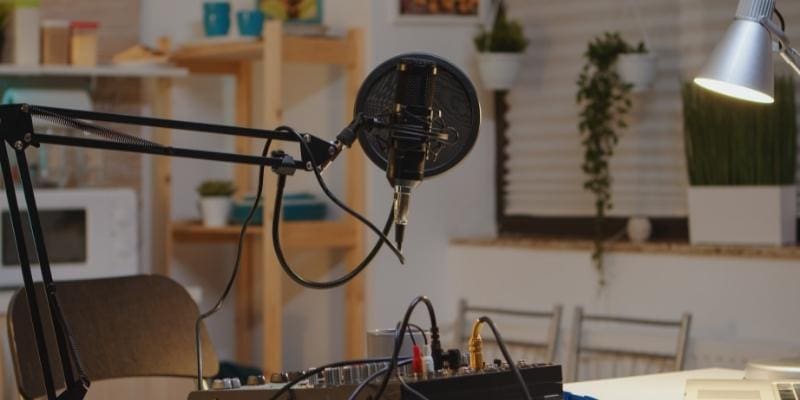
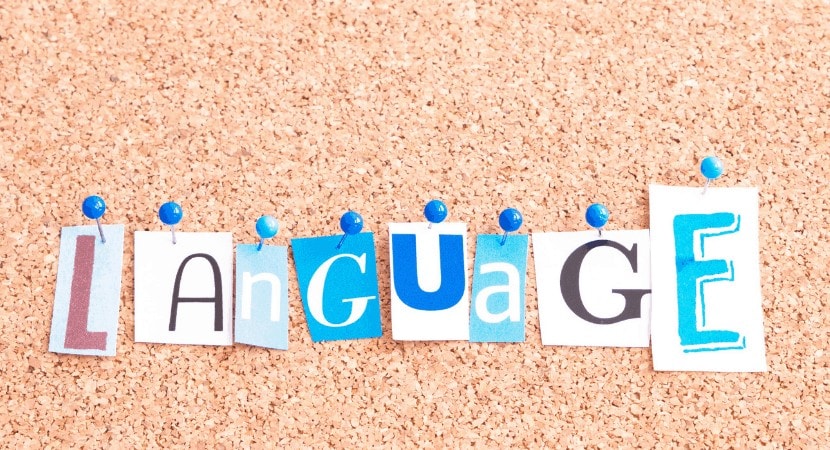

What Spanish cartoons do you recommend for children around that age?
Here’s a list of favorites!
https://spanishmama.com/spanish-cartoons-on-netflix/
My daughters 2 1/2 & I’m having such a hard time getting my husband to talk to her in Spanish. He’s Mexican, I’m American. I don’t speak fluent Spanish, but I’m learning slowly. He always “forgets” and talks to her in English because it’s just “easier”. I’m so scared I could cry sometimes because of how badly I want her to be bilingual. Any major tips would help?? 😩😩